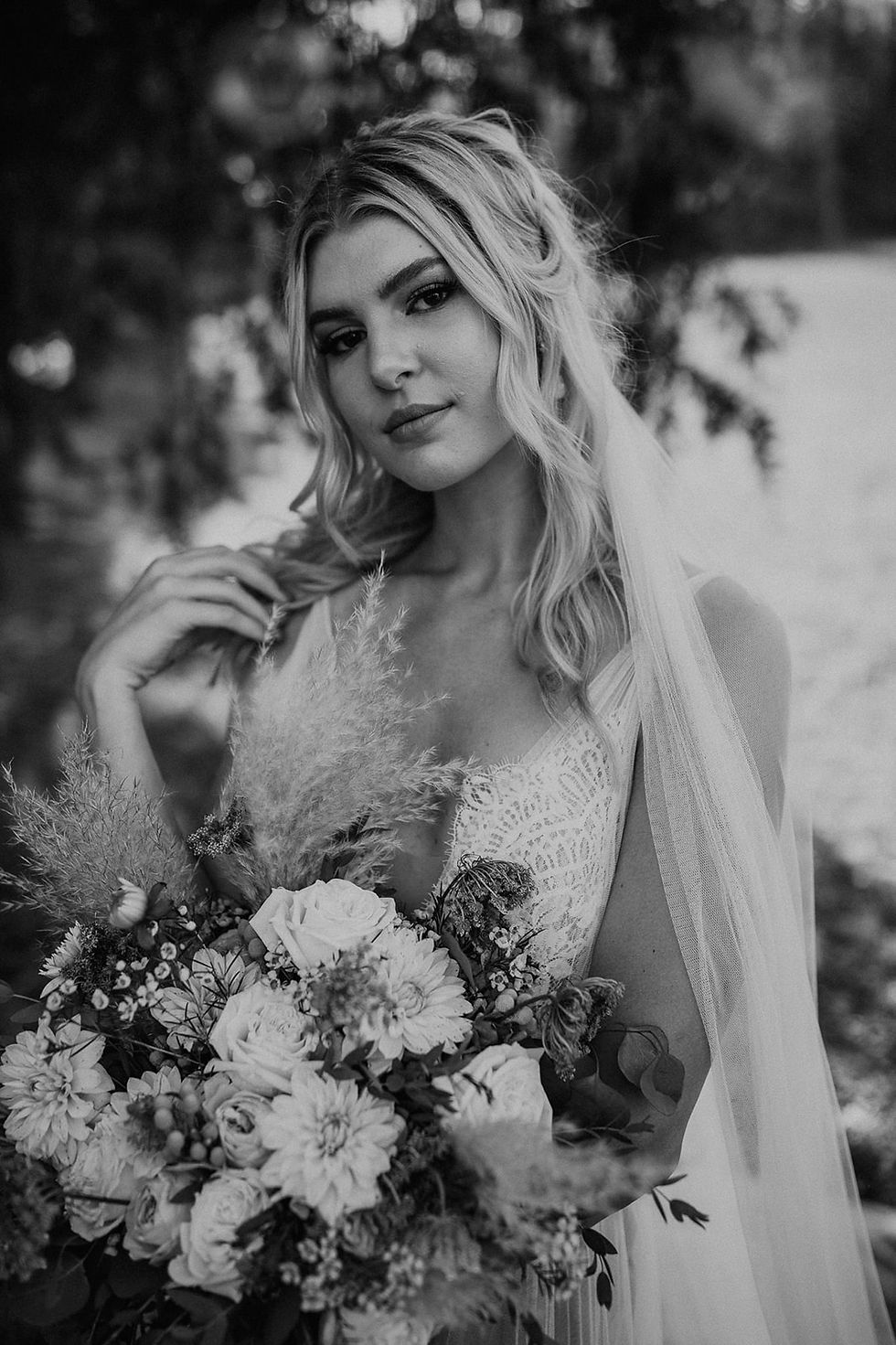Why your event should have a seating chart #Wednesdaywisom
- Emily Gustafson

- Oct 9, 2019
- 3 min read

Happy FALL to everyone living in Tennessee. It's finally arrived after a sweltering September, the heat has broken and we are finally getting some of those cool days and crips nights. I'm still crossing my fingers for some pretty Autumn color in the trees in the next month or so. It's Autumn wedding season as well, so stay tuned to my Instagram for lots of beautiful wedding photos coming in the next few weeks.
Today's tips are on the controversial subject of seating charts for events. I'm not going to go into exactly how to organize your seating chart, but I do want to give you a few things to think about when creating a seating chart for your wedding or event. Some people see a seating chart as an unnecessary step if they will not be hosting a plated dinner for their event. However, a seating chart can be extremely helpful if there's a question of limited seating in your event space. Seating charts are really helpful in making efficient use of all of your event seating and space and help to create the flow that you want in your event space.

So first, here are a couple of quick reasons why you should create a seating chart:
1) People will often leave an empty seat and stand rather than sit at a table with people they don't know (even if you think that they would all really hit it off!). Creating a seating chart that mixes people up with those they haven't met creates opportunities for your guests to mingle and will make sure that everyone has a seat. I love it when I see people that hadn't met previously chatting at a wedding and having a great time, it's social matchmaking.

2) Guests have been known (cough, cough I'm talking to you Uncle Bill) to move tables, chairs, flowers, decor, you name it, to create additional seating for themselves at the table they where they want to be seated. And most of the time, this is not a big deal. However, if you are in a situation where your event space is a tight fit for the number of guests that you are hosting and Uncle Bill moves four chairs and blocks the access to the buffet, then we have an problem. Most of the time, if you assign a seat, people will respect that and they will be less inclined to take it upon themselves to rearrange the furniture.

Now that we know the why, let's talk about how to get started creating your seating chart.
Here are a few quick steps to get you started:
- Group your guests by category - simply break your list down into categories like: bride's family, groom's family, work friends, childhood friends, etc. It can make it easier to seat people where they'd be most comfortable and to see appropriate "matches" for tables with guests from several categories.
- Consider placing family first - your immediate family will want to have the best seats in the house for all of the festivities of your wedding or event. Make sure that they can see it all by assigning their places first.

- Take into account your table sizes and shapes - venues that offer their own tables may not offer tables of the exact same size and shape. Request that your venue send you a list of tables or a diagram, so that you can get an accurate count of tables and chairs.
- Make sure everyone has a decent view - if there will be speeches, dances, or other events, make sure that guests can see those events from their seats as much as possible. Older guests may not feel comfortable moving to see better, so give them the best view that you can.

- Keep the seating simple - remember, if you'd rather, you can just assign a table number, rather than a seat at the table. That takes the work off of you to "seat" everyone, but still keeps things organized.
Hopefully, I've made my case for seating charts today. If you need more convincing, just email me :) Enjoy these beautiful Autumn days!
Happy planning,

All photos courtesy of Allie Chambers Photography
Floral design by Echelon
Bridal by Lillian Ruth
Hair and Makeup by Alex York and Chelsea Payne @ Josie's
Model Emily Presnell Lee
Shoot organizer Summer Simmons







Comments